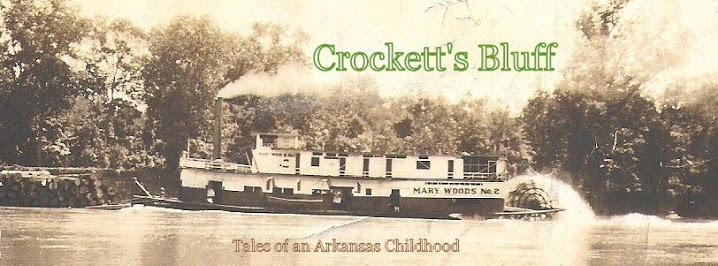When I think of the evolution of photography in America, I tend to think of Matthew Brady whose striking images of young frequently illiterate young men, such as my great grandfather, who enlisted in the Confederate Army in Alabama at about 18, and though badly wounded near the war's end, nevertheless survived. The Civil War was there to be captured, and Brady ventured southward from New York with this relatively new device, to capture it in images.
As Fortune would have it, Dayton Bowers was about six when my greatfather enlisted, and the War Between the States would be history before he would discover the artistic possibilities of a camera. In stark contrast to the horrors of battlefields, Bowers ventured southward from Indiana to Arkansas in the post war years to capture the lives and fortunes of folks in the vast Grand Prairie in Stuttgart and DeWitt and the smaller towns along the White River like Crockett's Bluff and St. Charles.
Thanks to the efforts of Denise Parkinson, the significance of his images, as evidence of the richness of life in this part of Arkansas, particularly that along the White River, in the first decades of the twentieth century, has been "rediscovered." DPW 5.27.18
[The fascinating conversation below has been lifted, with Denise's permission, from a Facebook exchange between Denise and Jeanie Marrs Vasseur, and Billy Rabeneck. Both Jeanie and I were born in Crockett's Bluff, though neither of us actually lived on or in a White River houseboat, as did Denise.]
This photo of Helen Spence (standing) and her sister Edie Spence was taken around 1915 by Dayton Bowers. It's a detail of a photo of several people and appeared in my book, Daughter of the White River. The quilt in the background was used as a backdrop in several photos I have seen by Bowers, who traveled to St. Charles throughout his career.



No comments:
Post a Comment